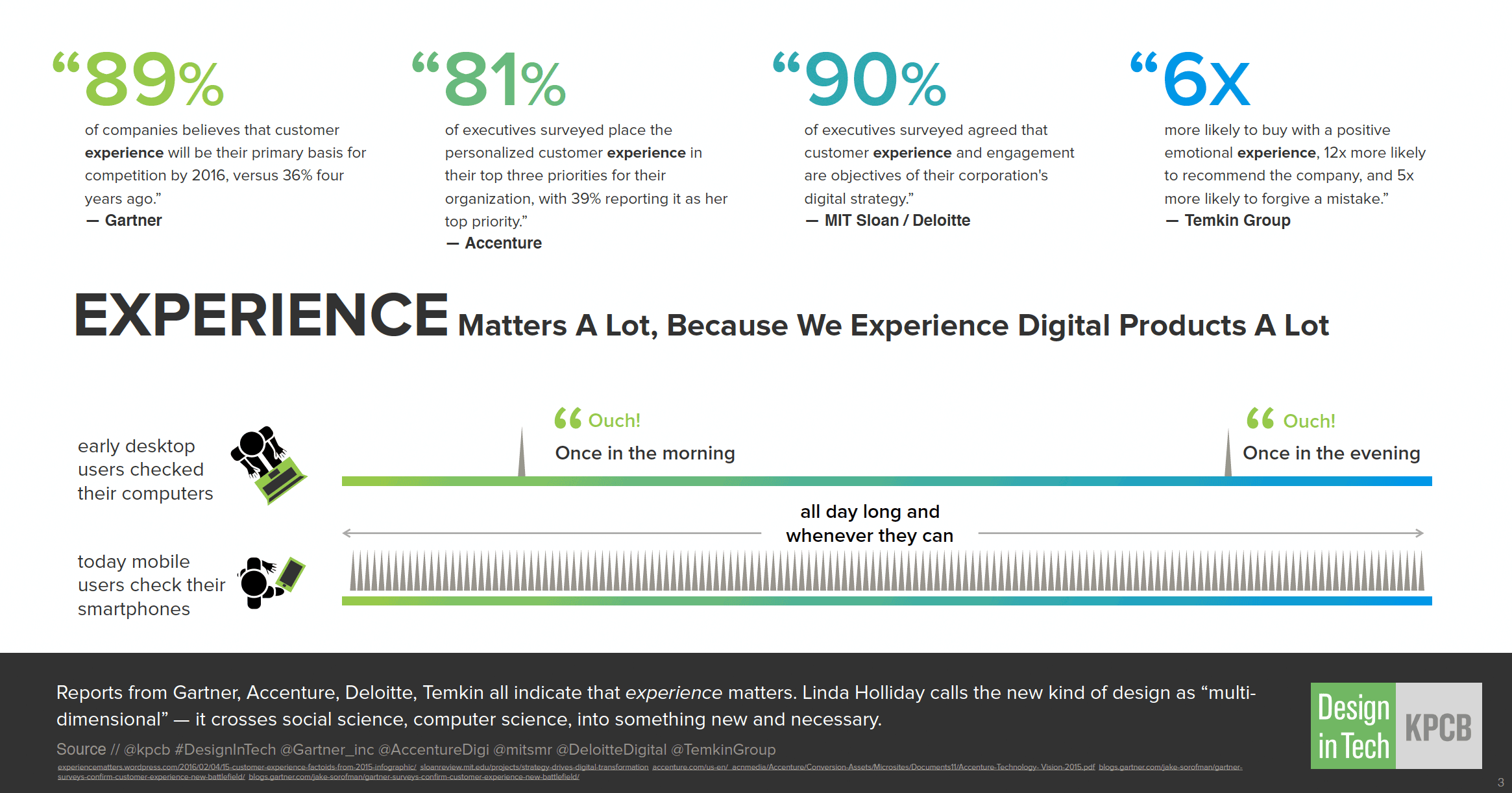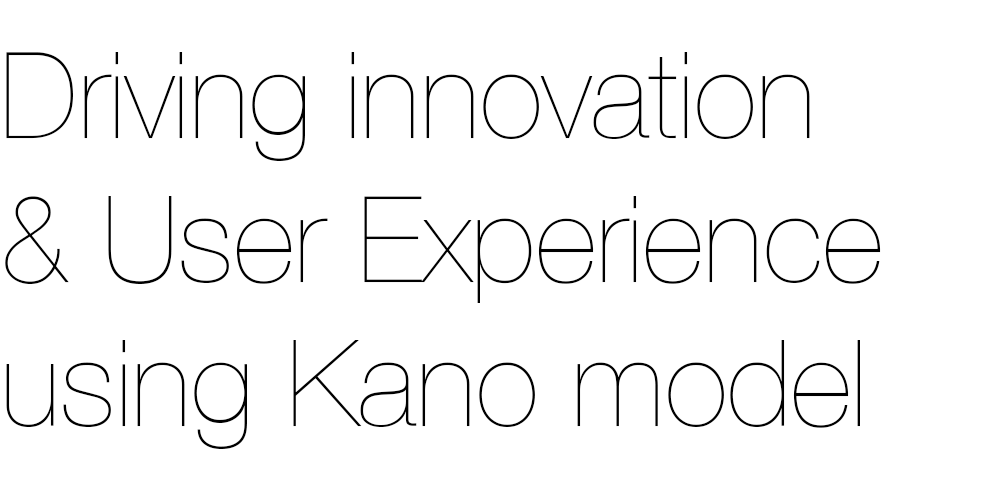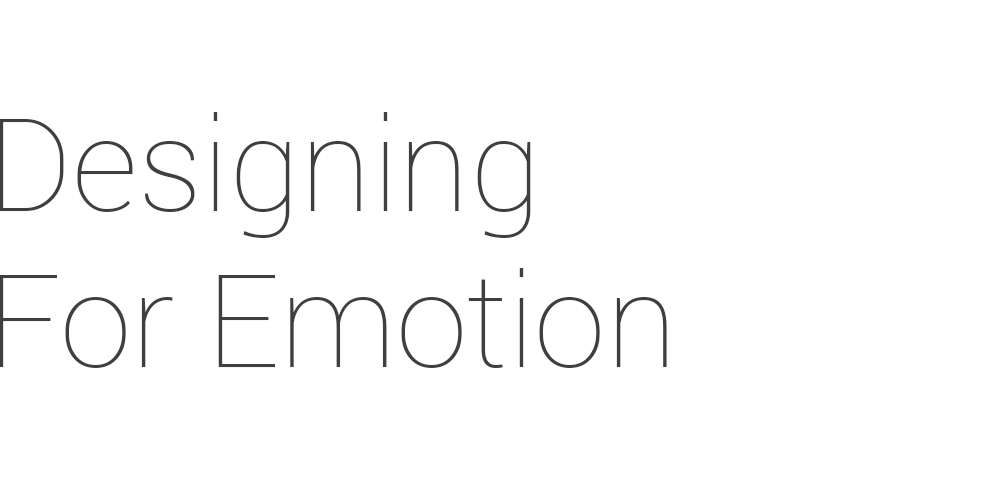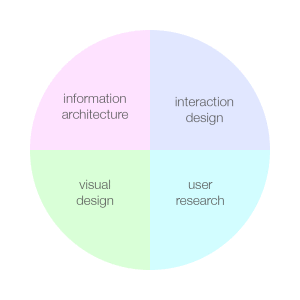How often are you asked to jump straight into design without doing any research? Well, it happens to me quite often. Reason – lack of time or budget.
No matter how tight the budget or timeline is, I always recommend to do some research beforehand. And if “how to do it in a cheap and efficient way?” your question, then here is how:
I stumbled upon Kano model in my MBA book – an incredible technique used by many businesses to discover, classify and integrate consumer needs into the products and services they offer.… [Keep reading] “Driving innovation & user experience using Kano model”





